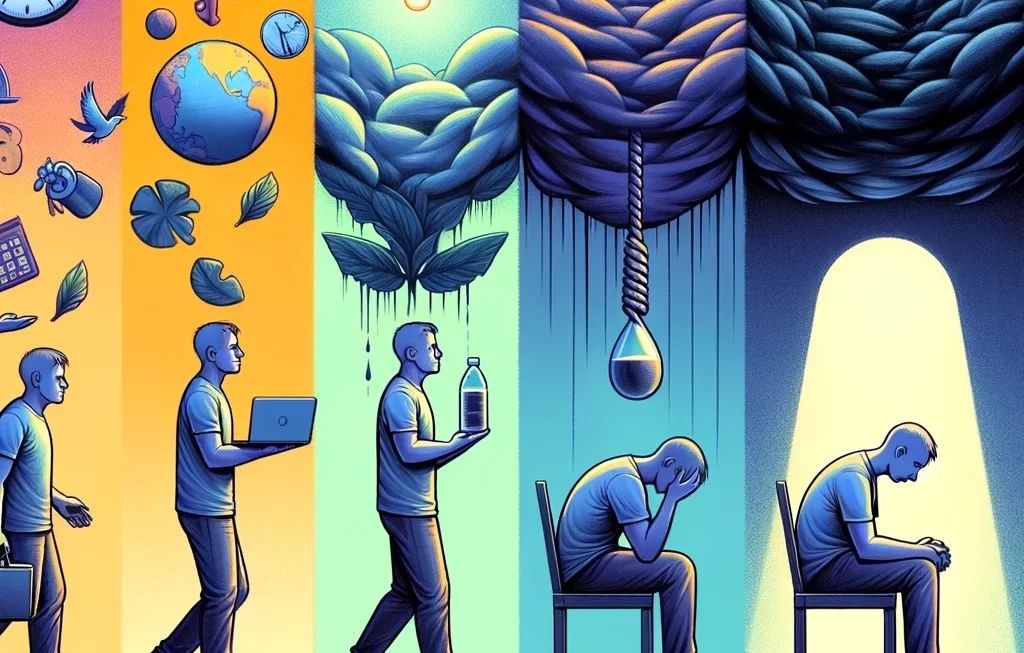The human brain is an intricate organ, essential for all bodily functions, emotions, and behaviors. Its major parts include:
Cerebrum: The Intellectual Giant
The cerebrum is the brain’s largest part and is responsible for the voluntary activities of the body. It’s the centre of cognitive functions such as thinking, planning, problem-solving, and decision-making. Divided into two hemispheres (right and left), it’s also involved in the perception of sensory information and the production of speech. Each hemisphere is further divided into lobes that specialize in different functions:
- Frontal Lobes: Involved in decision-making, problem-solving, planning, and aspects of personality and emotional makeup.
- Parietal Lobes: Process sensory information like touch, temperature, and pain, and are involved in spatial orientation and manipulation.
- Temporal Lobes: Crucial for processing auditory information and are involved in memory and speech.
- Occipital Lobes: Dedicated to processing visual information.
Cerebellum: The Coordination Maestro
The cerebellum, or “little brain,” sits at the brain’s back, beneath the cerebrum. It’s significantly involved in coordinating voluntary movements such as posture, balance, coordination, and speech, resulting in smooth and balanced muscular activity. The cerebellum also plays a role in motor learning and cognitive functions.
Limbic System: The Emotional Epicenter
The limbic system is a complex system of nerves and networks in the brain, concerned with instinct and mood. It controls basic emotions (like fear, pleasure, and anger) and drives (such as those for food, sex, and care of offspring).
- Amygdala: Plays a vital role in emotion and behavior, particularly in the emotional response to events.
- Hippocampus: Essential for learning and memory, especially in converting short-term memory to long-term memory.
- Thalamus: Acts as the brain’s relay station, channeling sensory and motor signals to the cerebral cortex, except for the sense of smell.
- Hypothalamus: Regulates vital bodily functions, including temperature, hunger, thirst, sleep, and circadian rhythms.
Brainstem: The Vital Function Supervisor
The brainstem is fundamental for maintaining life-sustaining activities. It connects the cerebrum with the spinal cord and oversees involuntary functions such as breathing, heart rate, blood pressure, and digestion. It comprises three parts:
- Midbrain: Controls eye movement and processes visual and auditory information.
- Pons: A bridge between various parts of the nervous system, including the cerebellum and cerebrum. It’s involved in facial expressions and controls sleep and respiratory functions.
- Medulla Oblongata: Regulates vital body functions, such as breathing and heart rate.
Deeper Look into Brain Functionality
These brain parts work together in an incredibly coordinated way to regulate everything from our basic survival functions to the most complex aspects of human thought and emotion. Understanding how each part functions helps us appreciate the brain’s complexity and its importance in defining who we are as individuals.
The interconnectivity within the brain facilitates seamless communication between different parts, ensuring that we can respond to the environment in an integrated and adaptive manner. This coordination is key not only for physical tasks and emotional responses but also for higher-order functions such as planning, reasoning, and creativity.
In exploring the brain’s structure and functions, we gain insights into how our perceptions, emotions, thoughts, and actions are intricately linked to the biological workings of this remarkable organ. This understanding also lays the foundation for advancing treatments for neurological and psychological disorders, enhancing our ability to heal and improve brain function.




